2016
Stai, E.; Sotiropoulos, K.; Karyotis, V.; Papavassiliou, S.
Hyperbolic Traffic Load Centrality for large-scale complex communications networks Conference
Institute of Electrical and Electronics Engineers Inc., 2016, ISBN: 9781509019908, (cited By 3; Conference of 23rd International Conference on Telecommunications, ICT 2016 ; Conference Date: 16 May 2016 Through 18 May 2016; Conference Code:122441).
Abstract | Links | BibTeX | Tags: Analysis and simulation; Communications networks; Greedy routing; Hyperbolic geometry; Network embedding; Scale-free properties; Shortest path routing; Traffic loads, Complex networks; Graph theory; Telecommunication networks, Network routing
@conference{Stai2016,
title = {Hyperbolic Traffic Load Centrality for large-scale complex communications networks},
author = {E. Stai and K. Sotiropoulos and V. Karyotis and S. Papavassiliou},
url = {https://www.scopus.com/inward/record.uri?eid=2-s2.0-84979205129&doi=10.1109%2fICT.2016.7500371&partnerID=40&md5=f46ed087a57f7adf10247c593797f09b},
doi = {10.1109/ICT.2016.7500371},
isbn = {9781509019908},
year = {2016},
date = {2016-01-01},
journal = {2016 23rd International Conference on Telecommunications, ICT 2016},
publisher = {Institute of Electrical and Electronics Engineers Inc.},
abstract = {Estimating accurately important nodes for routing in modern and future networks is a key process with numerous benefits. Towards this goal, in this paper we propose Hyperbolic Traffic Load Centrality (HTLC), as a novel alternative to the Traffic Load Centrality (TLC) metric, used for ranking nodes with respect to their importance in the routing operation. HTLC is based on network embedding in hyperbolic space, while assuming paths paved by greedy routing over hyperbolic coordinates, which requires less computational effort than shortest path routing (in terms of hop distances) used for TLC. Greedy routing in hyperbolic space also yields paths with lengths very close to the shortest ones for the social networks of interest bearing the scale-free property. Through analysis and simulation, we demonstrate that HTLC requires significantly lower computational time than TLC, and despite being more suitable for greedy routing constraints over hyperbolic space, it nevertheless achieves a close approximation of TLC for networks with scale-free properties when assuming shortest path routing. Thus, it can substitute TLC when analyzing very large network topologies. © 2016 IEEE.},
note = {cited By 3; Conference of 23rd International Conference on Telecommunications, ICT 2016 ; Conference Date: 16 May 2016 Through 18 May 2016; Conference Code:122441},
keywords = {Analysis and simulation; Communications networks; Greedy routing; Hyperbolic geometry; Network embedding; Scale-free properties; Shortest path routing; Traffic loads, Complex networks; Graph theory; Telecommunication networks, Network routing},
pubstate = {published},
tppubtype = {conference}
}
Estimating accurately important nodes for routing in modern and future networks is a key process with numerous benefits. Towards this goal, in this paper we propose Hyperbolic Traffic Load Centrality (HTLC), as a novel alternative to the Traffic Load Centrality (TLC) metric, used for ranking nodes with respect to their importance in the routing operation. HTLC is based on network embedding in hyperbolic space, while assuming paths paved by greedy routing over hyperbolic coordinates, which requires less computational effort than shortest path routing (in terms of hop distances) used for TLC. Greedy routing in hyperbolic space also yields paths with lengths very close to the shortest ones for the social networks of interest bearing the scale-free property. Through analysis and simulation, we demonstrate that HTLC requires significantly lower computational time than TLC, and despite being more suitable for greedy routing constraints over hyperbolic space, it nevertheless achieves a close approximation of TLC for networks with scale-free properties when assuming shortest path routing. Thus, it can substitute TLC when analyzing very large network topologies. © 2016 IEEE.
